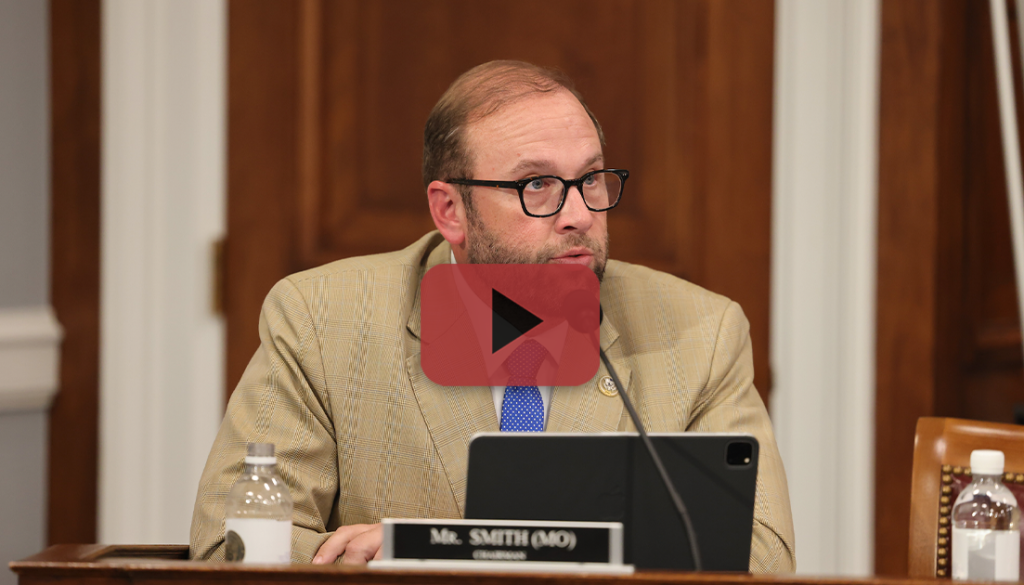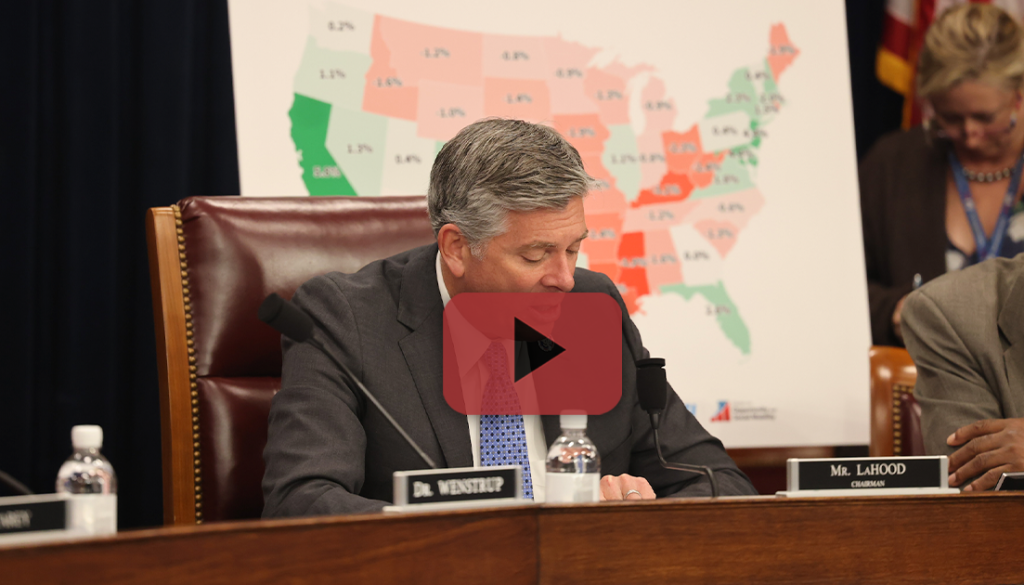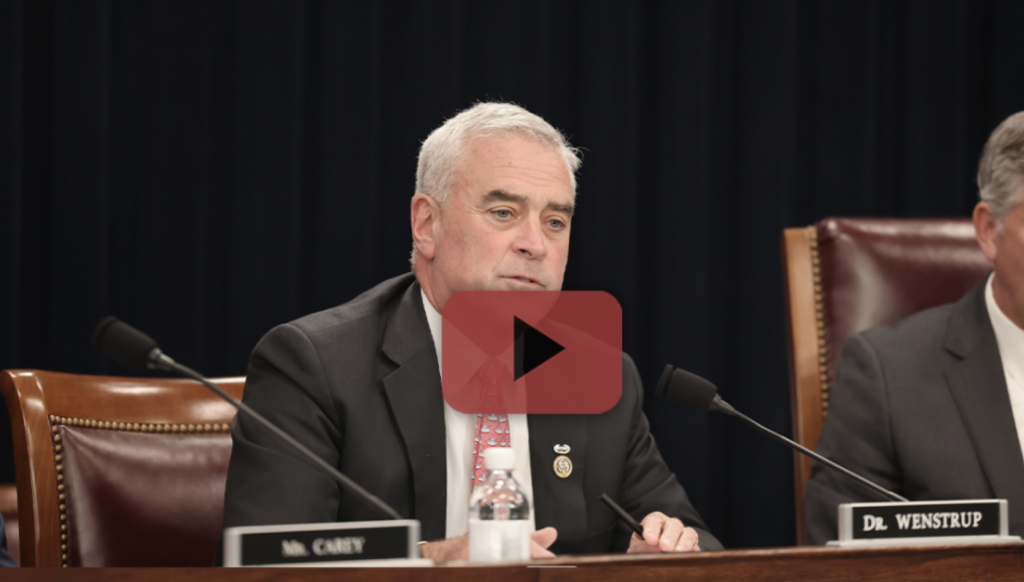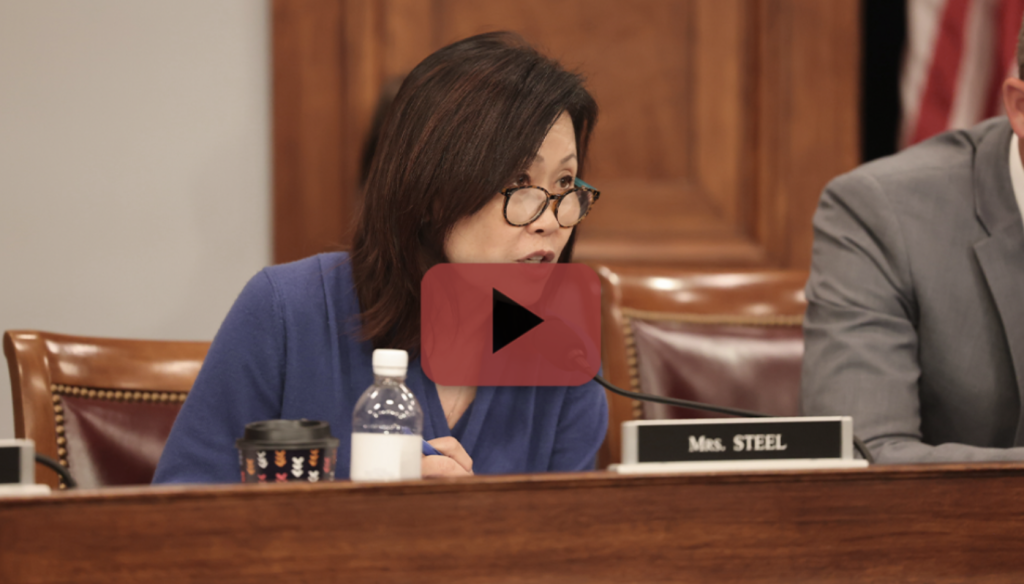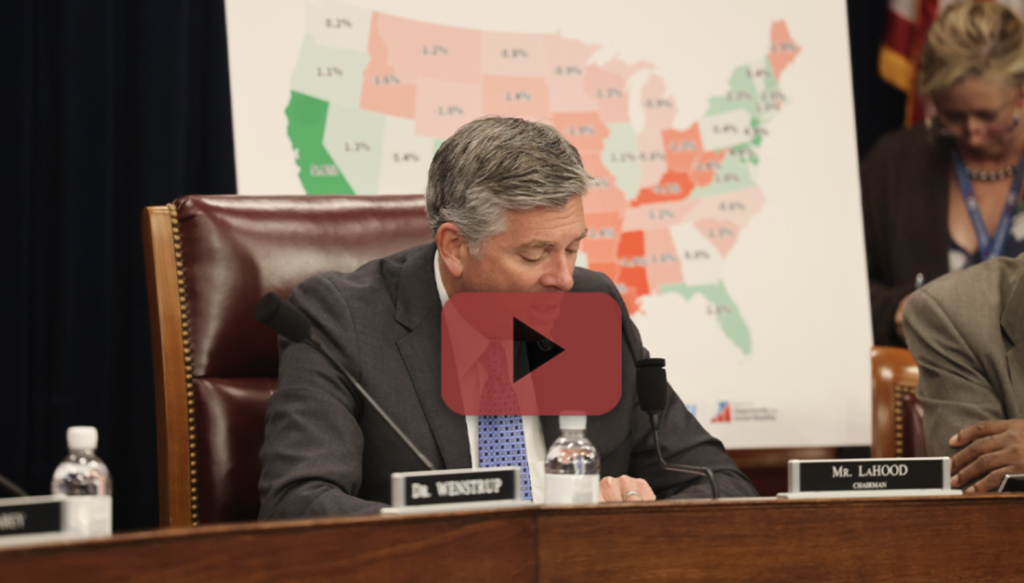WASHINGTON – The Official Poverty Measure affects federal funding intended to help millions of families living in poverty through programs such as the Social Services Block Grant, child welfare programs, food stamps, energy assistance, school lunches, and Medicaid, among a slew of others. At a hearing of the Ways and Means Work & Welfare Subcommittee, witnesses testified that changing the current poverty measure in ways the Biden Administration has sought to undertake, will hurt poor families living in low-income and rural states, while ballooning taxpayer spending by up to $124 billion. Members urged the Biden Administration not to play politics with programs designed to help low-income Americans and reject this misguided proposal.
Democrats’ Plan for Poverty: Robbing Peter to Pay Paul
The current Official Poverty Measure treats all families the same, ensuring that families, no matter where they live are treated fairly. Switching to using the “Supplemental Poverty Measure”, as recommended by a research panel stocked with Democrats, would redraw the poverty lines across America. Under this proposal, families in low-income and rural states would be negatively impacted where as a family making a similar, or even higher, income in another state, such as California, would be better off. Ways and Means Committee Chairman Jason Smith (MO-08) highlighted how this potential change will rob rural America of the resources it needs.
Chairman Smith: “Under the supplemental poverty measure that the Administration is considering using to redraw the poverty line, in a high cost of living state, like California, the poverty line for a family of four would be as high as $47,000 and as low as $32,300 in the state of Alabama. That means families in rural states and communities have to be poorer than families in places like California in order to access SNAP and Medicaid benefits. This is about robbing resources from rural America and rewarding coastal elites, all under the cloak of a recommendation from a National Academy [of Sciences] panel that is overwhelmingly liberal. Instead of focusing limited funds on politically-charged research, we should focus our attentionon support that helps families in poverty gain the employment skills they need to lift themselves out of poverty.”
President Biden could make this dramatic change in program eligibility without congressional approval
Alarmingly, President Biden, through the Office of Management and Budget, has sole authority to act on the National Academy of Science recommendation and change the official poverty measure without congressional approval. This would not be unprecedented. Earlier this year, the Biden Administration acted unilaterally to update the USDA thrifty food plan, abandoning a 45-year cost neutrality policy, and hiked food stamp benefits by 27 percent. It is Congress’s responsibility to set the poverty line and ensure government benefits are delivered fairly and equitably to those who need them most, not the Administration or unelected bureaucrats. A witness clarified the simple procedure the Biden Administration could take to make this dramatic change in response to a direct question from Work and Welfare Subcommittee Chairman Darin LaHood (IL-16).
Rep. LaHood: “Is it true the Biden Administration could make the changes reflected on this map through executive action alone with no input from congress or statutory changes?”
Dr. Corinth: “That’s correct. There is something called Statistical Policy Directive 14. That is a statistical directive that’s put out by the OMB. Under their sole authority the OMB director can change that with no congressional input whatsoever.”
Taxpayers Would be Forced to Subsidize States That Drive Up Poverty Rates with Excessive Regulations
The Supplemental Poverty Measure is skewed toward states with high levels of regulation that drive up the cost of living. States like California that overregulate and artificially increase the costs of things such as housing and energy make it harder for low-income families to afford these necessities. Switching to the Supplemental Poverty Measure would send more resources to these overregulated states, thus rewarding their bad behavior. A witness testified in response to Rep. Brad Wenstrup (OH-02), how the supplemental poverty measure encourages the same vicious cycle of high regulation leading to high prices and more families pushed into poverty.
Rep. Wenstrup: “Thank you, Dr. Corinth, can you touch on how switching to the supplemental poverty level would create perverse incentives for states with high cost of living to continue regulating and artificially increasing the cost of things such as housing and energy?”
Dr. Corinth: “Sir, thank you, Dr. Wenstrup for the question. The biggest driver of the housing and affordability crisis are excessive regulations on building housing. If you can’t add more housing supply then the price of housing goes up. This switch to the supplemental poverty measure would incentivize those regulations. Because now a state like California or say Los Angeles or San Francisco would be rewarded for excessive regulations that drive up housing costs, because that’s going to increase their poverty threshold and therefore lead to more federal aid going to their state.”
Supplemental Poverty Measure Fails to Identify the Most Impoverished Americans
Federal funds for many programs that families in poverty rely on are funded based on the poverty rate in each state, as measured by the current Official Poverty Measure. The Supplemental Poverty Measure, favored by Democrats, would dramatically alter this allocation of funding and redirect resources away from the most-impoverished Americans in rural states to better off Americans in urban states. Rep. Michelle Steel (CA-45) pointed out in her questioning how the Supplemental Poverty Rate is a flawed measure of poverty which would lead to bad outcomes for millions of Americans.
Rep. Steel: “Dr. Meyer, you have done a lot of research on the supplemental poverty measure…Can you explain in simple terms, some of the problems with the SPM, and how their measure can inflate and misrepresent current poverty numbers?”
Dr. Meyer: “Thank you for the question, Representative Steele. I don’t have a lot of time, so let me just say that one of the worst problems with the SPM is that you’d like the poverty measure to identify the most deprived individuals, because that’s ultimately the goal of poverty measurement. And the supplemental poverty measure in practice does not do a good job of that. It does a worse job than the official poverty measure and consumption poverty measures. One of the reasons for it is the issue that we’ve been focused on: that it would raise poverty thresholds where people can afford to spend a lot on housing. And those areas tend to be the areas where people are better off by a lot of indicators and it would cut the poverty thresholds in areas where people are especially suffering.”
Democrats’ Attempts to Strip Work Requirements from Federal Programs Would Increase Poverty
Democrats refused to engage in the substance of the hearing and instead used the hearing as a platform to double down on claims that their expanded child tax credit reduced child poverty by half, based on the flawed Supplemental Poverty Measure, as justification for permanently extending the expanded credit without work requirements. Work and Welfare Subcommittee Chairman Darin LaHood (IL-16) asked how families living in poverty would be affected if the Democrats’ dismantled Child Tax Credit was made permanent.
Rep. LaHood: “Media outlets have made bold claims about the reduction in child poverty associated with expansion during COVID. Republicans doubled the child tax credit in the Tax Cuts and Jobs Act. But I have serious concerns about delinking the credit from work, especially when we have a worker shortage right now. I understand that you have published some research that showed extending the Democrats child tax credit would cause 1.5 million workers to exit the workforce. Can you talk about that?”
Dr. Meyer: “Thank you, Representative LaHood. I’m happy to talk about it. We had a consensus in the past that tax credits should redistribute income and encourage work at the same time. That was the idea behind the Earned Income Tax Credit and the original Child Tax Credit. For one year, we had a tax credit that discouraged work by taking away the work incentive that was built in to the current and prior Child Tax Credit. Eliminating that work incentive, we estimated, based on the relationship between tax rates and employment that we’d seen in the past, that more than a million parents would leave the workforce if this child tax credit that is available, regardless of whether you work, were made permanent.”

